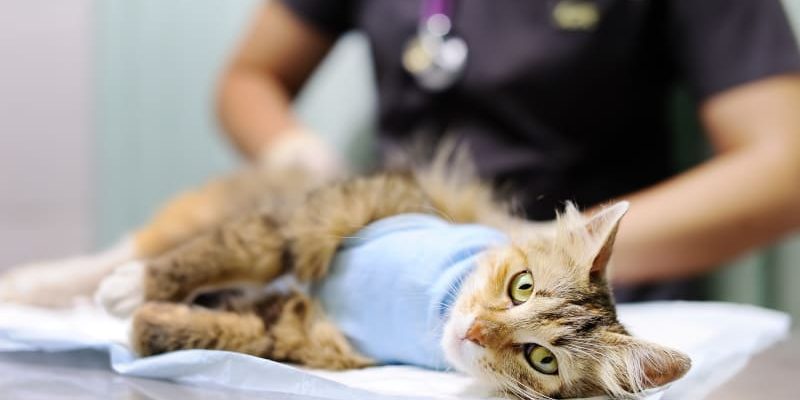When you bring your pet to an animal hospital, understanding common surgical procedures can ease anxiety. At a veterinarian Sugar Land, TX, your pet may undergo surgeries that improve their life. Spaying and neutering are frequent surgeries. These ensure population control and reduce health risks. Dental cleanings are vital for preventing oral diseases. They help avoid pain and discomfort. Another common procedure is the removal of foreign objects from the stomach. Pets often ingest things they shouldn’t. This surgery can save lives. Tumor removals are also seen often. Detecting and removing tumors early can prevent serious health problems. Fracture repairs are important for pets who experience accidents. Fixing broken bones allows them to move comfortably again. Routine care is more effective after these surgeries. Your veterinarian ensures your pet’s safety and well-being. Trust them to provide the care your pet needs for a healthier life.
Spaying and Neutering
These surgeries are among the most common. They not only help control the pet population but also prevent certain health issues. Spaying, the removal of the ovaries and uterus, prevents infections and decreases cancer risks. Neutering, the removal of the testes, reduces aggressive behavior and prostate problems. These procedures are straightforward and have many benefits.
Dental Cleanings
Pets often suffer from dental issues. Plaque and tartar build-up can lead to gum disease and tooth loss. Regular dental cleanings under anesthesia can prevent these problems. The procedure involves scaling away tartar and polishing the teeth. Keeping your pet’s mouth healthy prevents pain and systemic infections.
Foreign Object Removal
Pets, especially dogs, tend to eat things they shouldn’t. Some objects can cause blockages in the intestines. Symptoms include vomiting, lethargy, and loss of appetite. Surgery to remove these objects is crucial. It restores normal function and prevents damage to the digestive tract.
Tumor Removal
Early detection of tumors can be life-saving. Not all lumps are cancerous, but surgical removal is often needed to confirm the diagnosis. Removing tumors can prevent the spread of cancer and improve quality of life. Regular vet visits for check-ups and early detection are key to managing this risk.
Fracture Repairs
When pets break bones, they need surgical intervention to heal properly. Fracture repairs involve aligning the bone fragments and securing them with metal plates or pins. This allows the bone to heal correctly and restores mobility and comfort.
Comparison of Common Surgical Procedures
| Procedure | Purpose | Benefits |
|---|---|---|
| Spaying/Neutering | Population control and health risk reduction | Decreases risk of certain cancers |
| Dental Cleaning | Prevent oral diseases | Maintains oral health and prevents systemic issues |
| Foreign Object Removal | Eliminate blockages in digestive tract | Restores normal digestive function |
| Tumor Removal | Check and eliminate cancerous growths | Prevents cancer spread and improves life quality |
| Fracture Repair | Repair broken bones | Restores mobility and comfort |
Your Role in Surgical Success
Before surgery, you may need to withhold food or water from your pet. Follow your vet’s instructions carefully. After surgery, keep your pet calm and in a comfortable place. Monitor the incision site for infection signs. Your pet may need to wear a protective collar to prevent licking or biting stitches. Medications should be given as prescribed. Consult resources such as the American Veterinary Medical Association for more guidance on post-surgery care.
Conclusion
Surgical procedures at animal hospitals are essential for your pet’s health. From spaying and neutering to fracture repairs, these surgeries improve and save lives. Your veterinarian guides you and ensures safe, effective care. Working together, you can give your pet a healthier and happier life. Understanding these common procedures and what they entail helps you make informed decisions in partnership with your vet.


